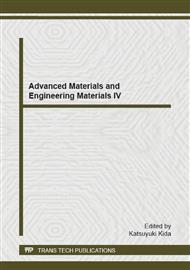p.391
p.395
p.399
p.403
p.408
p.412
p.416
p.420
p.424
An Experimental Study on Anchor Performance of Bare CFRP Tendons with Bond Type Anchor
Abstract:
Despite of their outstanding axial strength, CFRP tendons necessitate special anchorage due to their low lateral shear strength. In order to cope with such CFRP tendon, the conventional bond type anchor needs to be improved. The results of bond tests executed on 10-mm diameter CFRP tendons coated with sand and oxide revealed that, even if the average bond strength increases by 3 times compared to the non-coated bare tendon, the coated CFRP tendon still requires excessively long anchored length for bonding. Therefore, this study applies a method enabling to shorten the bonded length and improving further the bond performance compared to sand or oxide coating. The improvement of the bond characteristics is achieved by splitting the ends of the CFRP tendon so as to widen the bonded area by 3.5 times. The test results showed that the anchor performance of the CFRP tendon reaches 95% of its tensile strength making it applicable for the bond type anchor.
Info:
Periodical:
Pages:
408-411
Citation:
Online since:
December 2014
Authors:
Keywords:
Price:
Сopyright:
© 2015 Trans Tech Publications Ltd. All Rights Reserved
Share:
Citation:


